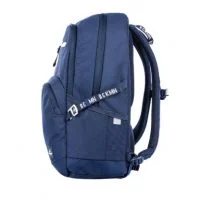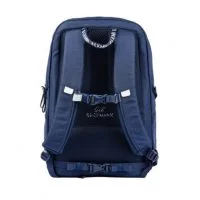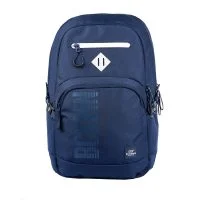Chiropractic For Treating Stress
Think of your body like a car. If the engine in your car is overburdened and not performing normally; the acceleration, transmission and fuel system don’t function properly. If your brain is feeling overwhelmed by stress and anxiety, it’s hard for the rest of your body to function as expected.
When you perceive a threatening situation, often called distress, your nervous system becomes hyper-excitable, triggering the release of stress hormones like adrenaline and cortisol. These hormones prepare your body for emergency action. Your body occasionally reacts just as strongly to chronic stress as if you were facing mortal danger. Your body begins to work overtime and this produces a very tense musculoskeletal (MSK) system.
The spinal joints and the surrounding muscles can be strongly affected by stress. There are often joint problems in the spine that don’t appear until stress, whether it be physical or emotional, rears its head.
When stress hits, your brain multiplies those minor problems until often you feel significant pain either in your shoulders, mid back or low back. Sometimes your upper neck muscles and joints are affected resulting in strong headaches as well.
How can chiropractic help?
With a simple adjustment, a chiropractor can quickly address the the compression in your problem joint. With less pressure in the joint, your relative motion is improved and any pain caused by the joint compression is decreased. The joint requires fewer muscles to move it when there is less restriction in it. This causes relaxation in these tissues as well.
Believe it or not, an adjustment could also relieve you of those often-times debilitating stress headaches as well. In most cases of tension headaches, significant improvement is accomplished through adjustments of the upper two cervical vertebrae, coupled with adjustments to the junction between the cervical and thoracic spine.





